Strauss songs and beloved Beethoven draw a crowd to start NSO season
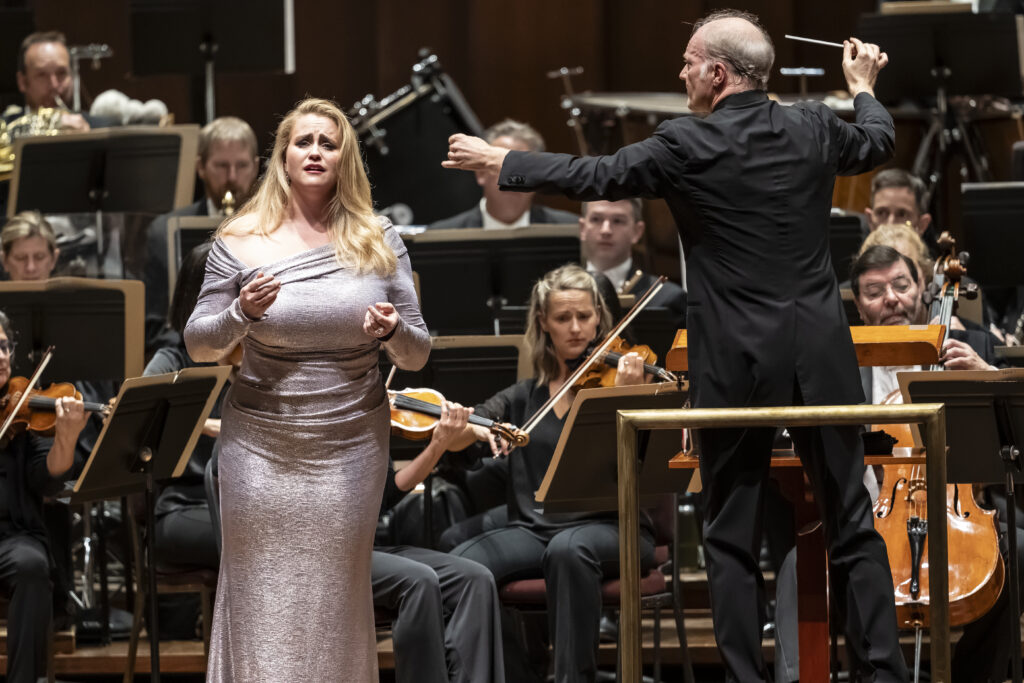
Rachel Willis-Sørensen performed Strauss’s Four Last Songs with Gianandrea Noseda and the National Symphony Orchestra Thursday night. Photo: Scott Suchman
The National Symphony Orchestra’s new subscription season, after an official gala opening last weekend, launched Thursday night. A second half consisting of Beethoven’s evergreen Fifth Symphony may have been the draw that nearly filled the Kennedy Center Concert Hall, a sight still too rare even as the coronavirus pandemic recedes from memory.
For other listeners, the marquee programming was Richard Strauss’s Four Last Songs. One can hardly hear too much Strauss, and Gianandrea Noseda is offering the composer’s music at all three NSO concerts this month. Following Strauss’s final completed composition tonight, there will be Ein Heldenleben next week and excerpts from Capriccio the week after that. True, September 8 was the 75th anniversary of Strauss’s death, but that fact was not mentioned.
Rachel Willis-Sørensen made her NSO debut as soloist. The American soprano, who released a recording of Four Last Songs last year with Andris Nelsons and the Leipzig Gewandhaus Orchestra, excelled especially in her top range. In “Frühling” she soared with avian lightness, while her dramatic side bloomed up to the B-flat in “Beim Schlafengehen,” presaged by the more demure tone of concertmaster Nurit Bar-Josef’s solo violin.
The venue’s acoustic challenges tended to swallow up the low end of Willis-Sørensen’s voice, for which Noseda compensated by pressing the NSO musicians toward ever quieter levels. This reserve gave “September” an autumnal melancholy, especially in the golden nostalgia of Abel Pereira’s closing horn solo. “Im Abendrot” could have been a little slower and more suspended, but the crucial last stanza turned introspective and expansive, with the double piccolo trills soft as if heard in the distance.
The audience’s insistence on applauding after every movement of every piece showed perhaps a lack of concert-going experience. Starting to applaud before the dying strains of “Im Abendrot” had breathed their last, however, was just rude, especially after Noseda had drawn out the strains of Strauss’s closing quotation from his own Death and Transfiguration so expressively.
The NSO just wrapped up their complete series of the Beethoven symphonies last year, but Noseda returned to the Fifth Symphony for this program. As he did in 2019, the Italian conductor marched on stage, took a quick bow, and dove into the first movement’s famous opening theme before the audience could stop clapping. (Take that, early applauders!)
In general, Noseda’s approach was to over-electrify the first two movements. The tempo of the first movement proved so breathless that the countless iterations of that initial rhythmic motif became difficult to distinguish. The main statements of the theme, with little extension given to the held notes, rushed by, while the development bristled with a well-shaped contrast of forte and piano. Likewise the surprise oboe solo in the recapitulation, played by Harrison Linsey (covering the principal part), did not have much room to shine.
The slow movement moved too quickly as well, although Noseda did not adhere to that speedy pace uniformly. The trumpets crowned this march-like music with an exciting, heraldic sound. Noseda smoothed things out in the third movement, moving from a rather delicate opening to a fugal trio with crisply ironed runs in the cellos, basses, and violas. The main theme returned slyly, in burbling woodwinds and plucked strings, before the rumbling timpani in the distance launched the surprise of the Finale.
Noseda’s pacing gave each return of the last movement’s theme a more triumphant character, as Beethoven added more and more instruments, and included some fine piccolo and contrabassoon playing. When the third movement’s theme returned, Noseda and the musicians gave it a slyly understated character. The raucous, hammered chords of the conclusion thundered in the hall.
The NSO gave another hearing to the concert opener from last week’s gala, Carlos Simon’s Four Black American Dances. New elements stood out the second time around, like the sneering trumpet slides in the first movement and the boozy schmaltz of the second movement. While the third movement still did not convince, the broad-handed Gospel fervor of the fourth dance remained punchy and fun.
The Fifth Symphony and the Simon piece make up two-thirds of the NSO program for its tour of Florida next March. Hilary Hahn, as soloist in Korngold’s Violin Concerto, will replace the Strauss heard this evening.
The program will be repeated 8 p.m. Friday and Saturday. kennedy-center.org
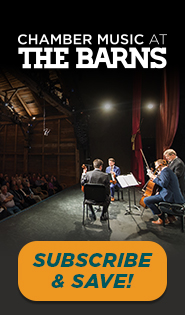
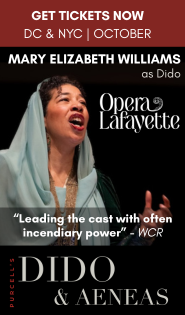
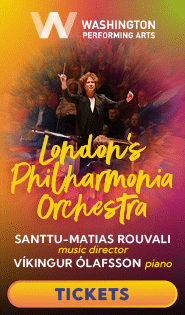
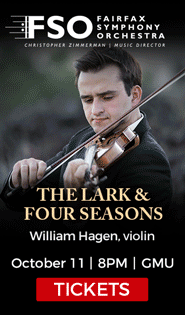
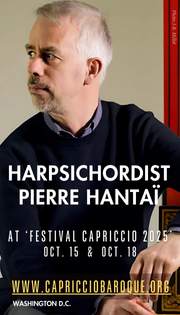

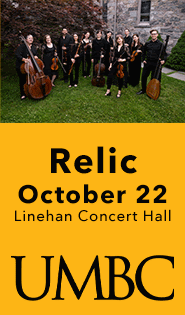
Posted Oct 04, 2024 at 11:39 am by Ernest
I was at the performance and could not believe how the audience applause after each song of the Strauss destroyed the mood that the orchestra and soprano were creating.
The Kennedy Center should announce not to applaud until the piece is totally finished, and NOT after each movement or part. There were some young people near us who asked us if they should be applauding following each song or movement, because they said that “We had heard that the custom has changed and that we should applaud.”